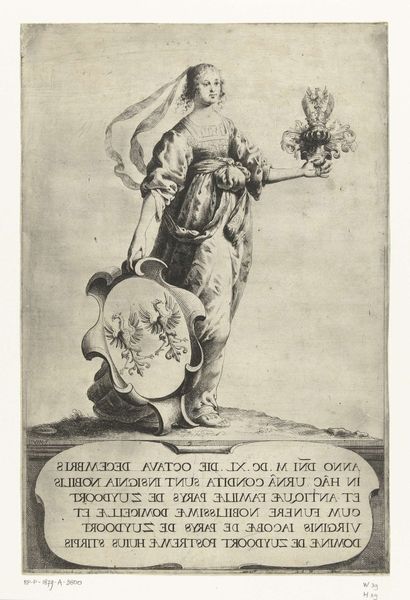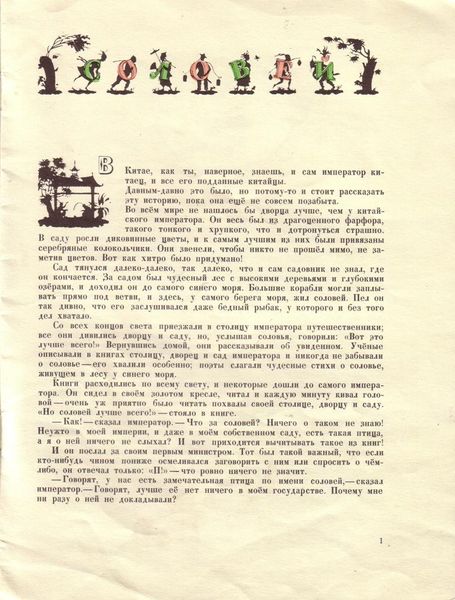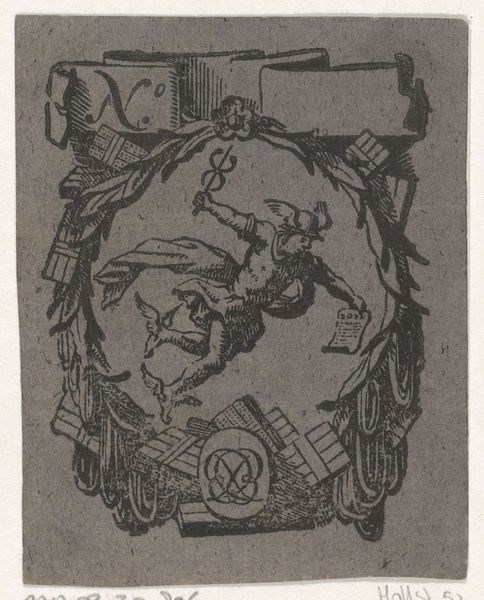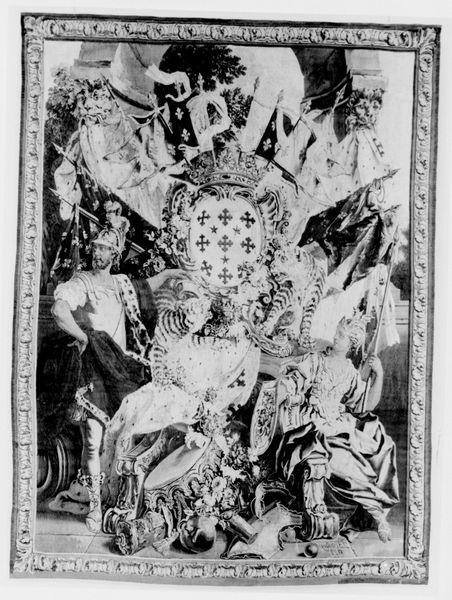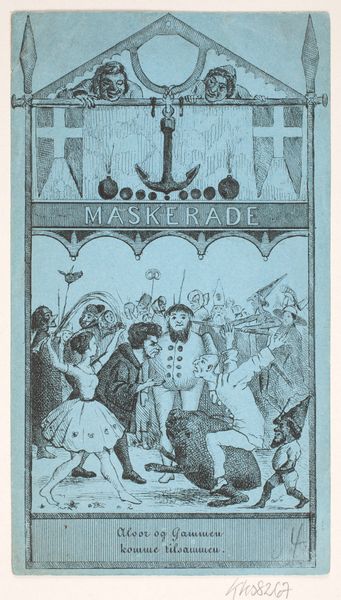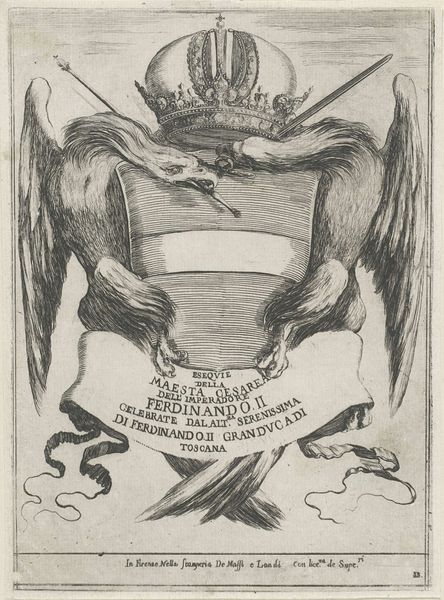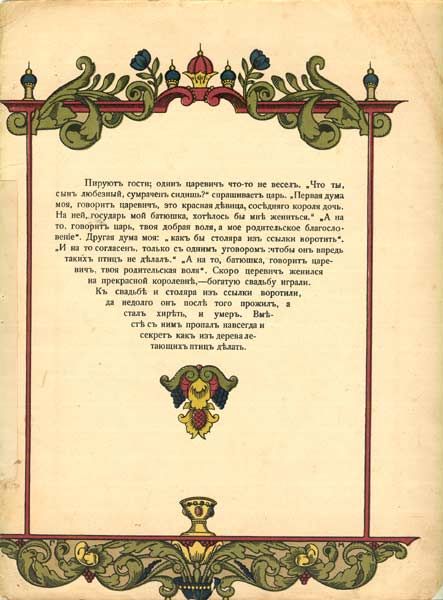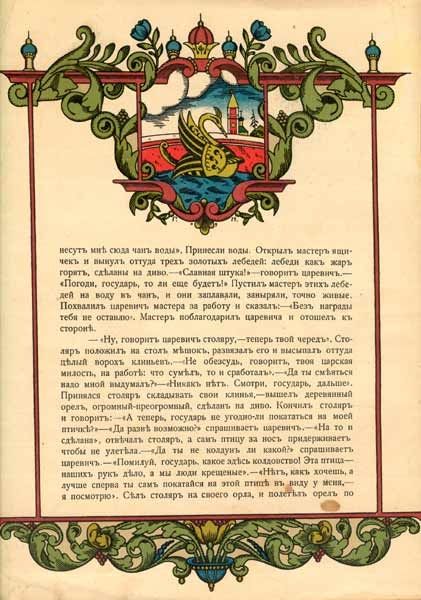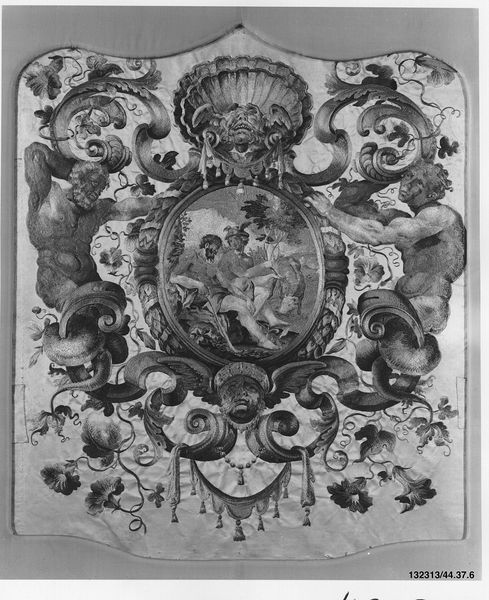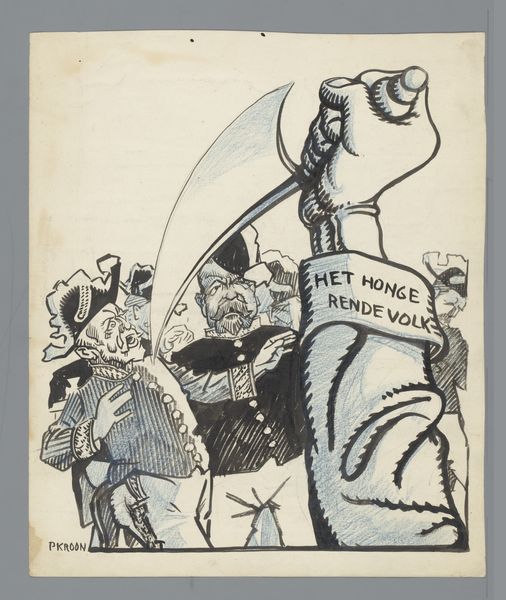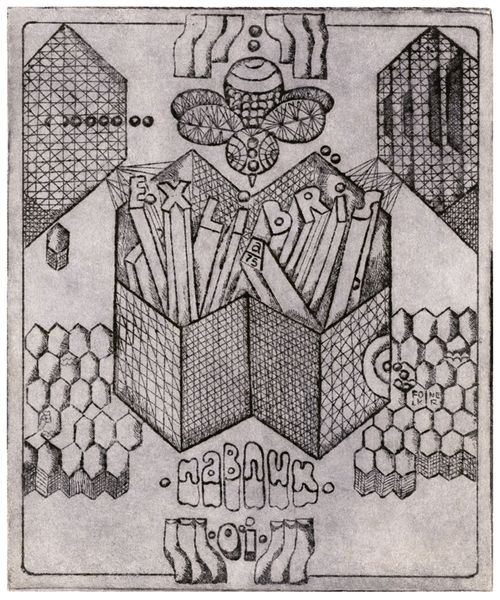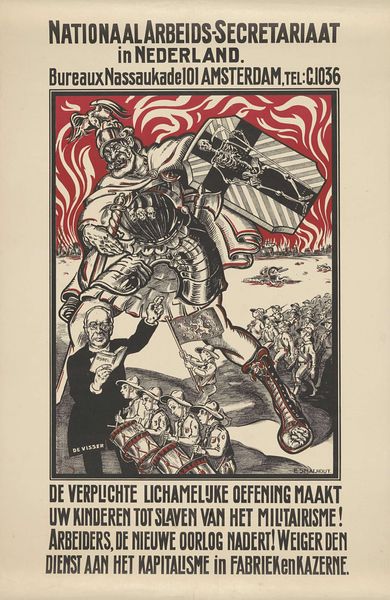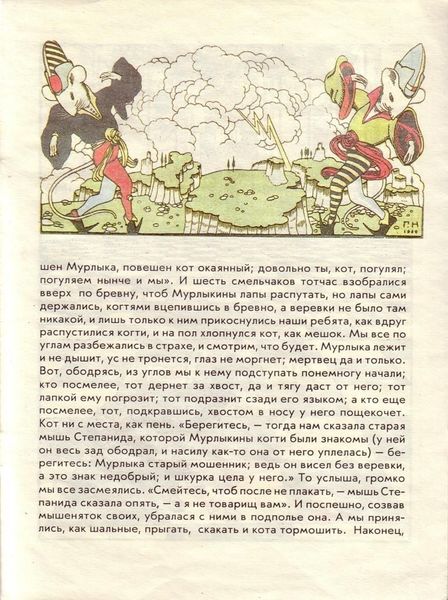
drawing, graphic-art, print, ink, pen, engraving
#
drawing
#
graphic-art
# print
#
old engraving style
#
ink line art
#
ink
#
line
#
pen work
#
pen
#
history-painting
#
engraving
Copyright: Public domain
Curator: This is "The Arms of Hetman Cyril Razumovsky," a 1915 piece by Heorhiy Narbut. The primary mediums appear to be ink, pen and engraving, very fine work. Editor: My first thought is how imposing this is! All the lines, the stark contrast—it evokes such a powerful sense of history and authority. I’m immediately wondering what social function this type of imagery served. Curator: Absolutely. The artist was clearly interested in the labor and materials of heraldry and graphic design. It speaks to the rise of print culture. Notice the line work and the various techniques used to depict texture. Editor: Right, but that detailed craftsmanship underscores something deeper for me. Consider Razumovsky’s complex relationship to both Ukraine and Russia—his shifting allegiance. An engraving like this becomes a statement of power, legitimizing his, and his family’s, contested position. Curator: The technical skill required to create this level of detail indicates a sophisticated printing and distribution network, making it a tool of power itself. It showcases the social mechanisms necessary for circulating these types of symbols, what purpose does it serve and who consumes this kind of visual language? Editor: Yes! Who is this message aimed towards? Is it targeted towards a wider audience to garner support for Razumovsky, or to consolidate power and confirm identity amongst an aristocratic class? Curator: Looking closer, I’m seeing how Narbut uses very economic lines. Every detail had to be painstakingly cut, showing efficiency with minimal effort and material waste, showcasing mastery of printmaking as craft. Editor: A fascinating tension is present. On the surface, it speaks to permanence, but its actual material existence is much more fragile—ink on paper, reproducible, circulating through possibly unstable social networks. It encourages me to look more closely at issues of Ukrainian sovereignty at the time, who was he trying to impress, and where would it be posted or dispersed? Curator: Thinking about the artist Narbut, he must have worked closely with the commissioner to create a clear, powerful message using his technique to promote those values. The interplay of maker and subject are quite important. Editor: True, this image shows the entanglement of individual ambition and broader socio-political currents in a single piece of printed ephemera, making me rethink our tendency to box art and activism separately. Curator: Yes, seeing the connections is quite revealing. Editor: Precisely. Thank you, this exploration has certainly expanded my perspective on such historical graphics.
Comments
No comments
Be the first to comment and join the conversation on the ultimate creative platform.
